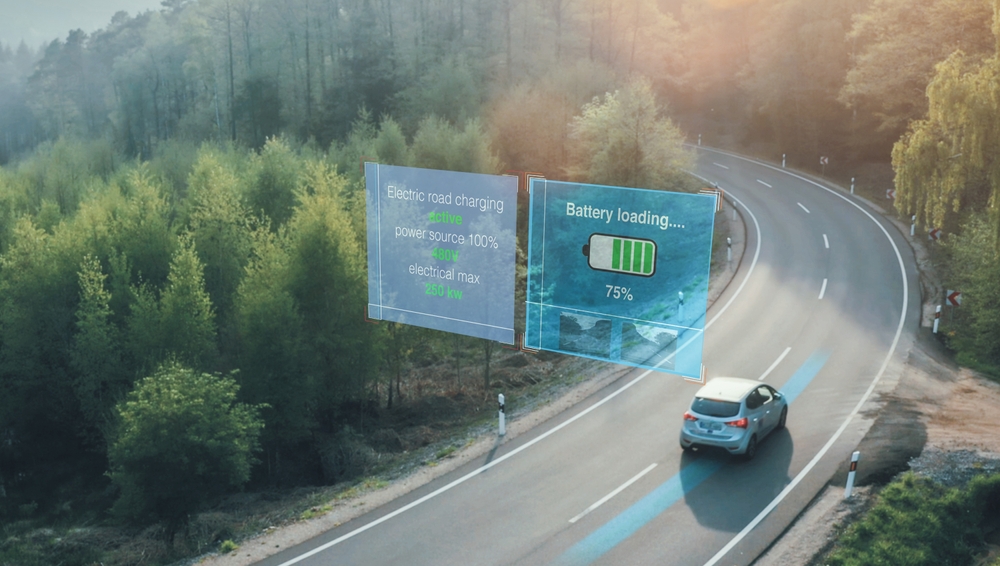Could Energy-Storing Concrete Be a Power Source of the Future?
Posted on Categories Discover Magazine

Solar and wind power are excellent renewable sources, but they have one big problem: They’re not always available. The wind doesn’t always blow; the sun doesn’t always shine. To keep the power flowing whenever we need it requires batteries, but batteries are expensive and don’t last long. They’re also a waste problem and a hazardous one at that.
Fortunately, researchers at MIT have come up with a solution. In a paper published this June, they detailed how they combined cement, water and a form of charcoal called carbon black — the same stuff used to write the Dead Sea Scrolls — to create a concrete that acts as a supercapacitor, an alternative to a battery for storing energy.
Basically, it’s an electrified concrete that can not only form the foundation of a building but also store energy simultaneously.
Carbon-Based Supercapacitors in Buildings
Eventually, the researchers hope this material could be integrated into houses and other buildings. Combined with solar power or other energy sources, it creates independently and sustainably powered buildings.
Though the researchers envision foundations and columns made of this technology, the system does not have to be integral to the structure. The material could be used to pave driveways and patios, build fence posts or even, says Admir Masic, a co-author of the paper, simply put in a hole in your yard. Franz-Josef Ulm, senior author of the paper, says this technology could make each home a part of the transition to sustainable energy in a way everybody can manage without ruining their budgets.
Read More: Solutions for Solar Panel Waste Are Just Beginning to Surface
Other Benefits of Supercapacitors
The technology doesn’t have to be limited to buildings, though. Supercapacitors in roads and parking lots, the researchers say, could wirelessly recharge electric vehicles. And solar and wind farms could use them to store energy on-site so that power availability could match demand — no need for batteries.
The materials are relatively inexpensive and available pretty much everywhere on Earth, making it a potentially transformative technology in more ways than one. Masic points out that this material could be produced locally using local knowledge and skills, making sustainable energy available in places with little infrastructure and no power grid.
Read More: Paper Batteries Balance Energy Efficiency with Sustainability
Researchers Must Test Supercapacitors
At this point, the researchers don’t know how many charging cycles these supercapacitors are capable of before losing efficiency. Initial tests in the lab indicate they could power an average home in the U.S. or U.K. for around 30 years, but that may be extended as the technology is refined, Ulm says.
Safety issues, such as determining how the supercapacitor interacts with lightning, must also be addressed. And because the system requires an electrolyte salt solution, the design must be made leakproof. But those are engineering details. “We’ve proven this works and is scalable,” says Ulm. “The engineering starts now.”
Masic adds that the technology will draw on the talent of people around the world and hopefully stimulate people to think of solutions, ideas, and refinements. “This doesn’t have to come from MIT or the United States; it can be developed anywhere,” he says.
Ulm says he’s received requests from high-school students wanting to know if they can make small supercapacitors for a school project, an idea he says is potentially doable. “We depend for spread of this technology on the ingenuity of all the inventors and of the kids out there,” he says.
This could go mainstream much faster than, say, power from nuclear fusion and be far less expensive. In fact, Ulm says there could be a prototype of an energy-independent home in as little as 18 months. He says that charging pavements for electric cars might take more time, maybe five years.
Read More: Space Energy: Will Space-Based Solar Power Be the Wave of the Future?